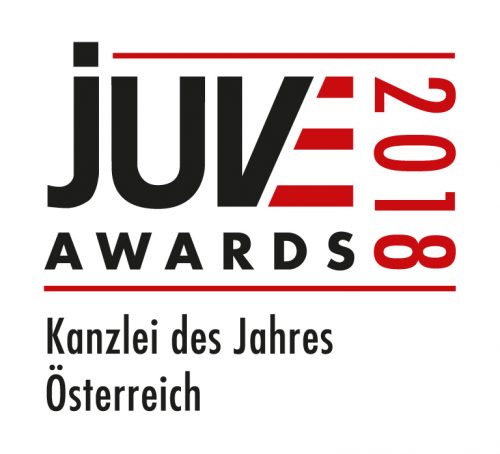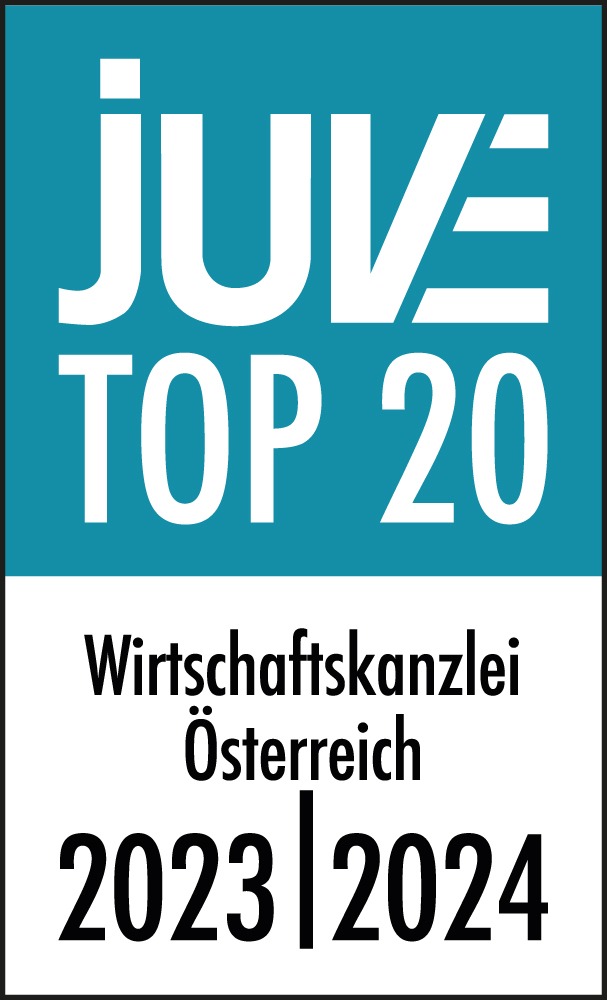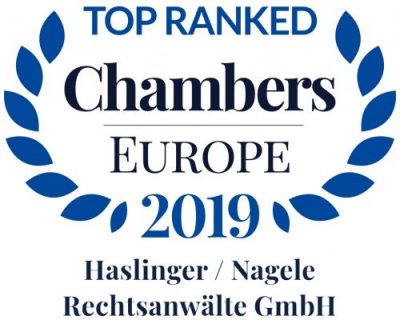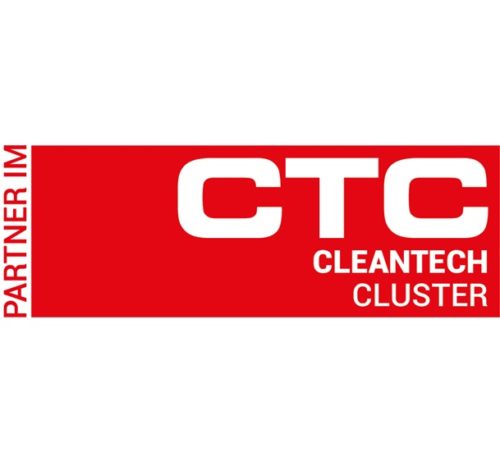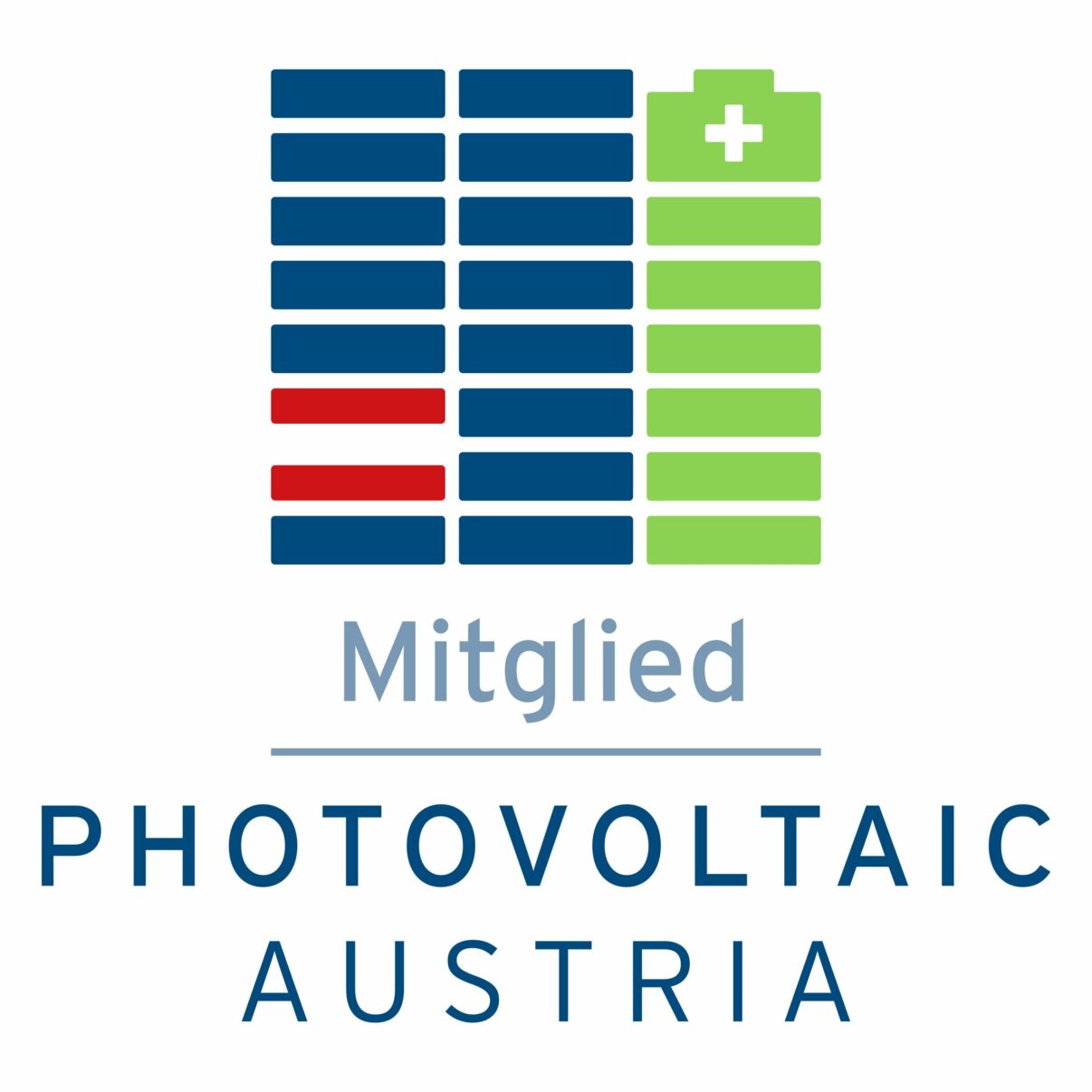Whistleblowing reporting systems
We help with implementation and processing!

In a guest article in the daily newspaper “Die Presse,” the 360°EE practice group explains the draft of the ElWG.
The draft of a new Electricity Industry Act contains promising approaches.
Good things come to those who wait? Despite the looming election campaigns, the Federal Government has now submitted a draft of the new Electricity Industry Act – ElWG for short – for review (“Die Presse” reported). This is undoubtedly a bold step, as it remains to be seen whether the necessary two-thirds majority can be achieved in the National Council. The new law also contains a number of provisions that could be politically controversial – for example, the comprehensive new regulations on consumer protection or the well-known and much-discussed topic of “basic electricity supply.”
One of the goals of the ElWG is to promote the active participation of consumers in the energy market. What already began in 2021 with the Renewable Energy Expansion Act is to be continued by the ElWG – the “prosumer” (producer and consumer in one) enters the energy market as a so-called “self-supplier.”
Energy communities or joint generation plants as forms of joint energy generation and utilization are by now well-known. New to the market with the ElWG are “self-suppliers” and “peer-to-peer contracts.” This should make it even easier in the future for an electricity producer, for example with a photovoltaic system on their roof, to participate in the electricity market and to sell excess electricity without being tied to a large energy consumer (and their feed-in tariffs).
So, is this the unleashing of the electricity market? Not quite, because the new instruments are subject to conditions. In order to trade electricity via a “peer-to-peer contract,” for example in a neighborhood relationship, the producer must also be the end customer. In addition, the energy must be self-generated and only renewable electricity may be passed on, not, for example, heat. Furthermore, peer-to-peer contracts may only be concluded in addition to a regular supply contract and the participants must have intelligent measuring devices (smart meters).
Two steps forward, one step back? Not at all, because the new regulatory provisions are extremely effective when viewed together: “Peer-to-peer contracts” can be concluded with people throughout the country; there are no technical or geographical limitations. Only “commercial self-suppliers” (presumably referring to electricity companies) are excluded, but not large corporations.
If end customers conclude peer-to-peer contracts or participate in energy communities, suppliers will no longer be allowed to set minimum delivery quantities under the new law. This means that in the future, customers who do not have their own PV system will also be able to participate in the energy transition, making it much easier to share renewable electricity.
Strong electricity grids are needed to help the energy transition achieve a full breakthrough. In times of regional “feed-in stops,” this truism is more relevant than ever. Since the expansion of electricity grids cannot keep pace with the expansion of green electricity plants, the ElWG now provides for “flexible system access,” meaning the flexible utilization of the electricity grid.
The regional power grid operator must examine the possibility of flexible system access if the customer cannot be granted grid access to the desired extent or period. This is the case, for example, if a power grid in a certain area has not yet been sufficiently upgraded. Flexible system access is intended to facilitate the grid connection of generation plants by allowing only a portion of the produced and not consumed electricity to be fed into the grid for a certain period of time.
In the case of a new or modified system access of a grid user feeding into the grid, it can be contractually stipulated that the grid operator specifies the maximum grid-effective capacity. This is to be welcomed because the incentive for the expansion of renewables is strengthened and interested parties are not deterred. However, the specified grid-effective capacity for photovoltaic and wind power plants at certain grid levels may not fall below 80 or 90% of the maximum capacity. At first glance, this is a high hurdle. It remains to be seen to what extent this option will actually lead to an improvement in the current situation. In any case, it is positive that the legislator is now providing grid operators and network customers with a means to counteract existing problems and drive the energy transition forward in this way.
The ElWG establishes the regulatory framework for the energy transition.Of course, this alone will not succeed in transforming the energy system, yet the ElWG is indispensable. It strengthens the rights of grid customers, introduces new instruments for decentralizing the energy system and provides grid operators with effective tools for solving current problems. This will serve all stakeholders in the electricity market, although there will be no lack of critical voices. However, one thing seems clear: The energy transition will not fail due to the regulatory framework.
In order to achieve a climate-neutral future, it will of course be important that the electricity grids can keep pace with the expansion of renewables. For grid expansion, the motto is: more, faster and with greater legal certainty. The next piece of the puzzle is already being worked on: The Renewable Energy Expansion Acceleration Act (“EABG”), which implements the European Renewable Energy Directive (“RED III”) and is expected to be passed this year, offers the chance of real relief – provided there is political will and foresight.
This article appeared as a guest contribution in the legal panorama of “Die Presse” on January 22nd, 2024.
The expert team of the 360° Renewable Energy practice group is available to answer any further questions and provide legal advice on this topic.
You can find further articles on the topic of the ElWG on the 360°Renewable Energy website.
This article is for general information only and does not replace legal advice. Haslinger / Nagele Rechtsanwälte GmbH assumes no liability for the content and correctness of this article.
22. January 2024

